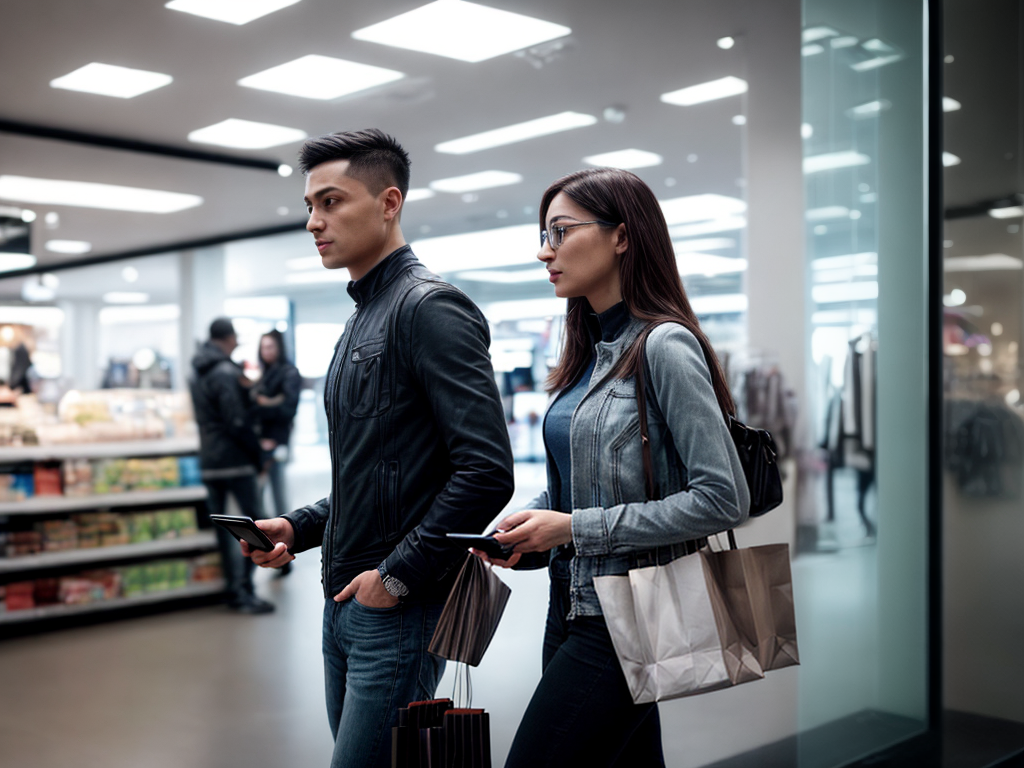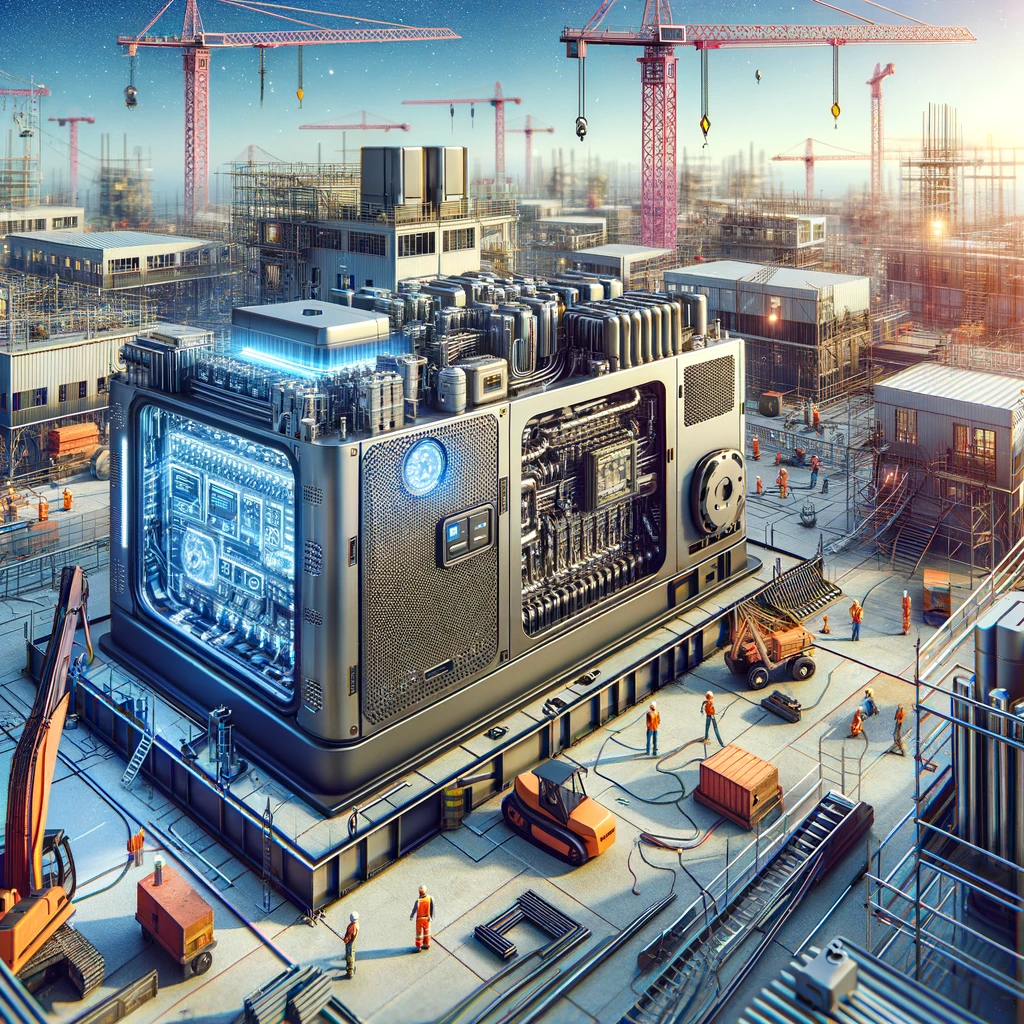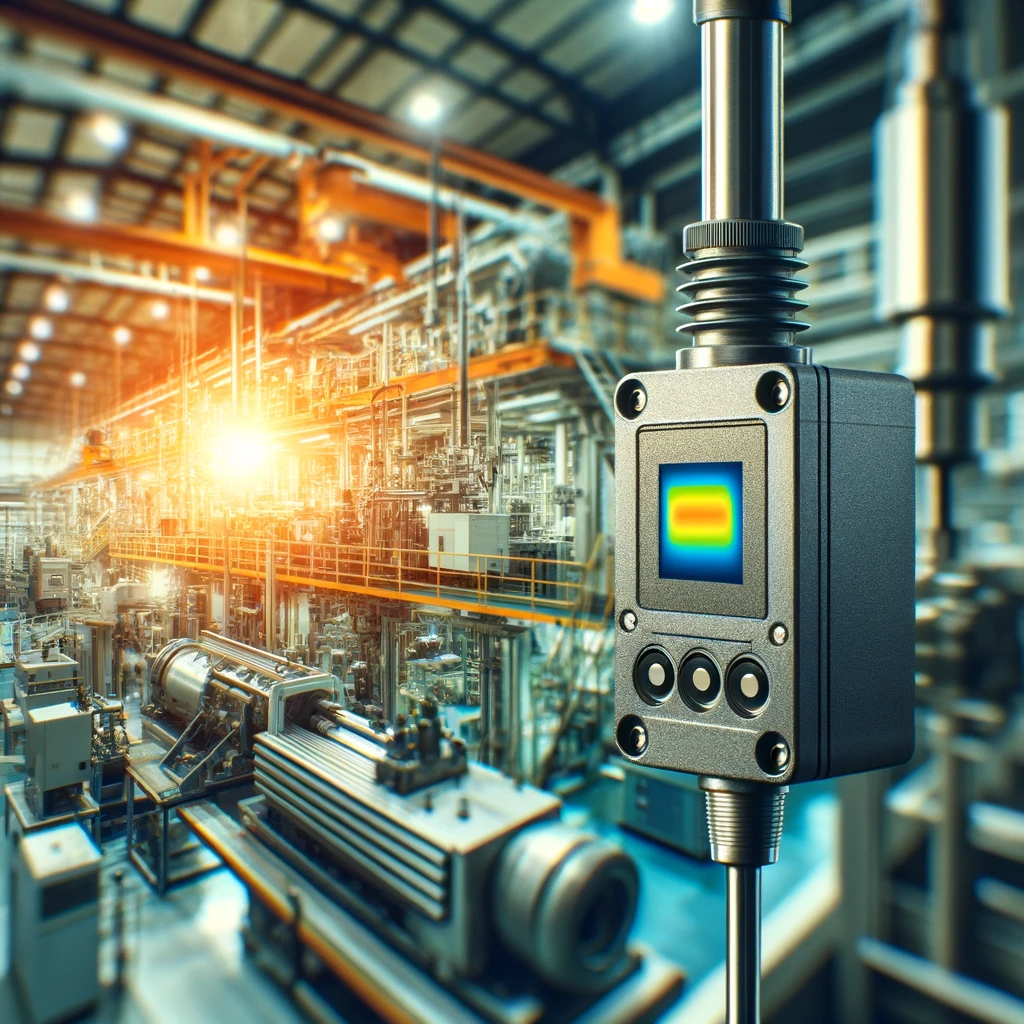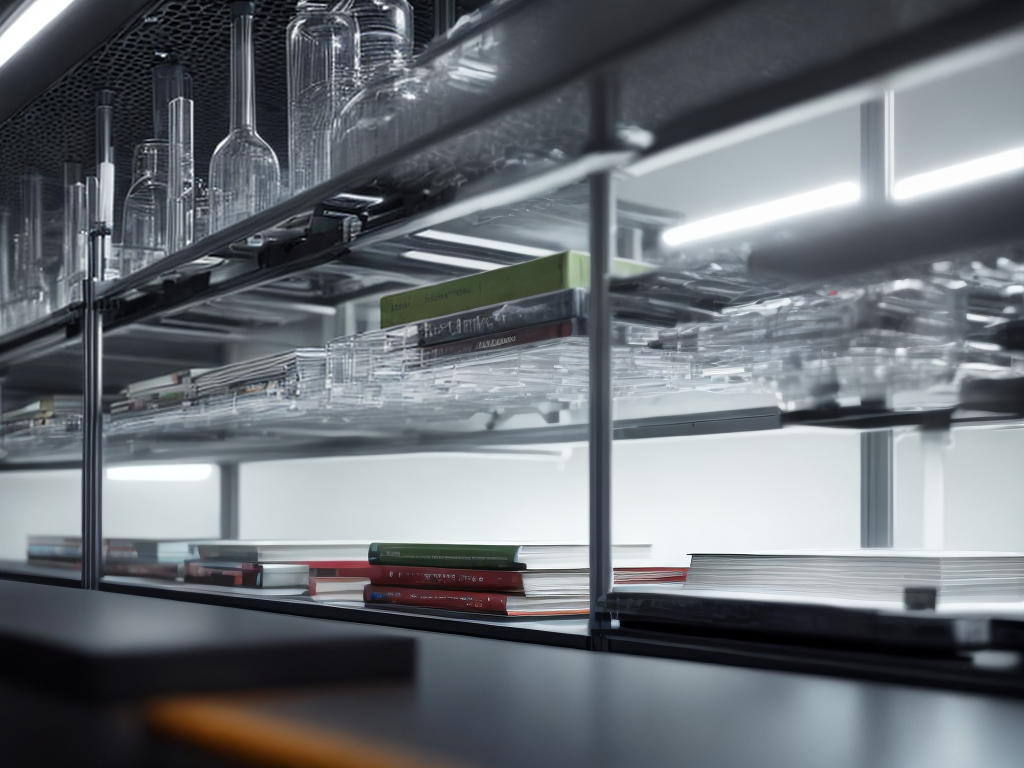
As I step into the future of retail, I am captivated by the transformative power of sensors. These tiny, intelligent devices are revolutionizing the way we shop, enhancing every aspect of the retail experience.
From navigating through stores with ease to discovering products tailored to our preferences, sensors are paving the way for a personalized and seamless shopping journey. Join me as we explore how these innovative technologies are reshaping the retail landscape, one sensor at a time.
Enhancing In-Store Navigation
Enhancing in-store navigation through the use of sensors has greatly improved my shopping experience. The introduction of smart shelves and real-time location tracking has revolutionized the way I navigate through stores.
Gone are the days of wandering, searching for items on my shopping list. With the help of sensors, I can now easily locate products and efficiently plan my shopping trips. These smart shelves are equipped with sensors that detect when an item is removed or placed back, updating the inventory in real time. This not only ensures that the shelves are always stocked but also allows me to quickly find the items I need. T
he real-time location tracking feature further enhances my experience by guiding me to the exact aisle and shelf where a specific item is located. This futuristic technology has made shopping more efficient, saving me time and ultimately enhancing my overall satisfaction.
Revolutionizing Product Discovery
The introduction of sensors has revolutionized the way I discover products while shopping, making it easier and more efficient. With the implementation of smart shelves and interactive displays, the traditional shopping experience has been elevated to a whole new level.
These innovative technologies have transformed the way I navigate through the store and explore different products. Smart shelves equipped with sensors can detect when a product is low in stock, instantly notifying store employees to restock it. This ensures that I always have access to the items I need. Furthermore, interactive displays provide me with detailed information about the products, helping me make more informed purchasing decisions.
I can now easily compare prices, read reviews, and even see product demonstrations, all at the touch of a button. The future of product discovery is undoubtedly exciting, with sensors continuing to enhance the way we shop.
Personalizing the Shopping Experience
As technology continues to advance, retailers are finding innovative ways to personalize the shopping experience for their customers. One of the key ways this is being achieved is through customized product recommendations.
By analyzing data from sensors and other sources, retailers can gain insights into customers’ preferences and shopping habits, allowing them to suggest products that are tailored to individual needs and interests. This not only enhances customer satisfaction but also increases the likelihood of repeat purchases, ultimately driving revenue growth.
Customized Product Recommendations
One key way sensors are revolutionizing the retail experience is by providing me with personalized product recommendations. By collecting and analyzing data from my previous purchases, browsing history, and even my location, sensors can understand my preferences and suggest products that are tailored to my individual needs.
This targeted advertising allows retailers to directly reach their customers with relevant and appealing offers, increasing the chances of a purchase. Moreover, sensors enable retailers to create individualized promotions, offering me discounts, coupons, or special deals on the products I am most likely to be interested in. This level of personalization not only enhances my shopping experience but also saves me time and effort by presenting me with options that align with my tastes and preferences.
| Pros | Cons |
|---|---|
| Personalized shopping experience | Privacy concerns |
| Time and effort savings | Overreliance on technology |
| Increased chances of a purchase | Limited exposure to new products |
| Enhanced customer satisfaction | Reduced human interaction |
Enhanced Customer Satisfaction
I love how sensors enhance my shopping experience by personalizing it to meet my individual needs and preferences. When I walk into a store, the sensors detect my presence and immediately send personalized offers and recommendations to my smartphone. This not only saves me time but also ensures that I only see relevant products.
The sensors also track my previous purchases and preferences, allowing the store to tailor its offerings specifically to me. This level of personalization makes me feel valued and appreciated as a customer. It improves my loyalty to the store and encourages me to make repeat purchases.
Additionally, by providing a personalized shopping experience, sensors have the potential to increase sales by capturing my attention and enticing me to buy products that I may not have considered otherwise.
Streamlining Checkout Processes
As we continue to witness advancements in technology, it’s clear that the checkout process is not exempt from innovation. Automated payment systems are revolutionizing the way we make transactions, offering a quick and seamless experience for shoppers.
With the integration of sensors and smart devices, we can expect checkout processes to become even more efficient in the future, allowing for a smoother and more convenient shopping experience.
Automated Payment Systems
To streamline checkout processes, retailers are implementing automated payment systems that use sensors to enhance the shopping experience. These systems enable cashless payments and contactless transactions, revolutionizing the way we pay for our purchases. Here’s a glimpse into the future of automated payment systems:
- Seamless Transactions: With sensors integrated into the checkout process, payments become effortless and swift. Customers can simply tap their phones or cards to complete their purchases, eliminating the need for cash or lengthy card swipes.
- Enhanced Security: Automated payment systems offer advanced security features, such as tokenization and encryption, ensuring that customers’ financial information remains safe and protected.
- Personalized Experiences: By analyzing customer data, these systems can offer tailored recommendations and promotions, creating a more personalized shopping experience.
- Reduced Friction: Automated payment systems minimize the wait time at checkout, reducing customer frustration and improving overall satisfaction.
With the implementation of these automated payment systems, the future of retail promises a seamless, secure, and personalized shopping experience like never before.
Quick and Seamless Transactions
With the integration of sensors, retailers can streamline checkout processes, allowing for quick and seamless transactions. This advancement in technology has revolutionized the way we make purchases, making it easier and more convenient than ever before.
One of the key features that has emerged is the use of mobile payments, which enable customers to pay for their items using their smartphones. This eliminates the need for physical cash or cards, making transactions faster and more efficient. Additionally, contactless transactions have become increasingly popular, as they allow customers to simply tap their smartphones or credit cards on a sensor to complete a purchase.
This not only saves time at the checkout counter but also reduces the risk of transmission of germs and bacteria, promoting a safer shopping experience. As technology continues to advance, we can expect even more innovations in the realm of quick and seamless transactions, making the retail experience more efficient and enjoyable for all.
Improving Inventory Management
I have witnessed how sensors revolutionize inventory management in retail stores. With automated restocking and real-time inventory tracking, the future of inventory management is fast approaching. Here are four ways sensors are improving inventory management:
- Efficiency: Sensors enable retailers to automate the restocking process, ensuring that products are always available on the shelves. This eliminates the need for manual inventory checks and reduces the risk of stockouts.
- Accuracy: Real-time inventory tracking allows retailers to have a precise understanding of their stock levels at any given moment. This ensures that they can make informed decisions about purchasing and replenishment, minimizing overstocking and reducing waste.
- Optimization: Sensors provide valuable data on customer behavior and product popularity. Retailers can analyze this information to optimize their inventory, stocking more of the products that sell well and reducing the ones that don’t.
- Cost savings: With sensors, retailers can minimize the costs associated with inventory management, such as excess inventory, stockouts, and manual labor. This results in improved profitability and better customer satisfaction.
The integration of sensors into inventory management processes is transforming the retail industry, making it more efficient, accurate, and profitable. As technology continues to advance, we can expect even more innovations in this field, leading to a truly seamless shopping experience.
Analyzing Shopper Behavior for Insights
By monitoring shoppers’ behavior through sensors, valuable insights can be gained. With the help of predictive analytics and real-time tracking, retailers can now understand their customers on a deeper level.
These sensors can collect data on how long shoppers spend in certain areas of the store, what products they pick up and put back, and even their facial expressions and body language. This wealth of information allows retailers to analyze shopper behavior and make data-driven decisions to improve the shopping experience.
For example, if a particular product is frequently picked up but not purchased, retailers can adjust the pricing or placement to increase sales. Furthermore, real-time tracking enables retailers to personalize the shopping experience by sending targeted offers or recommendations based on individual preferences.
The future of retail lies in understanding and leveraging shopper behavior to create a seamless and personalized experience.




